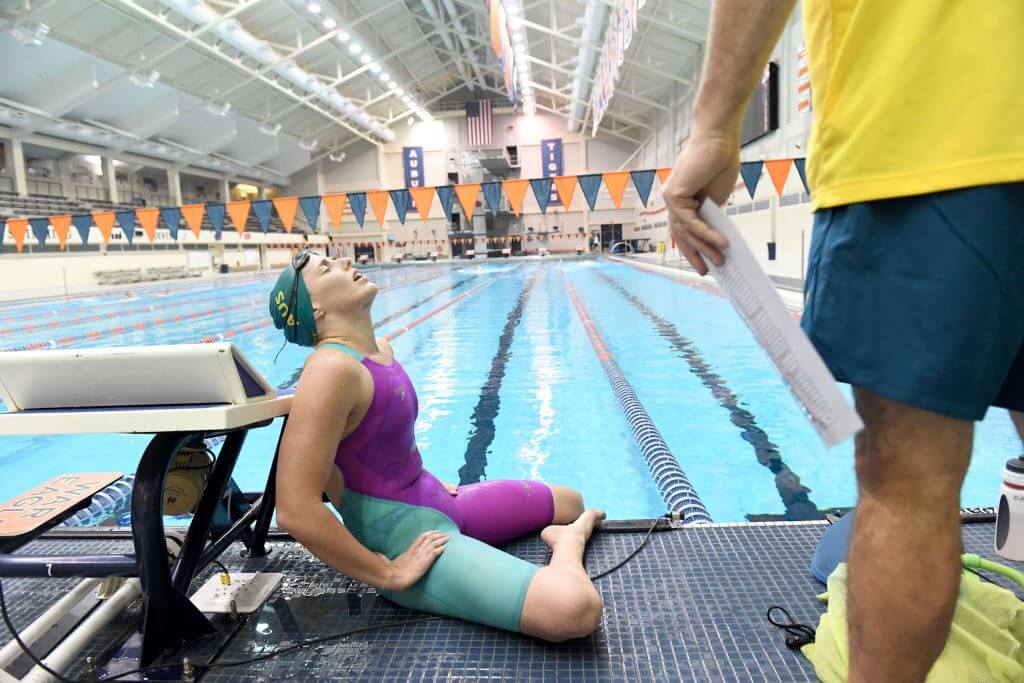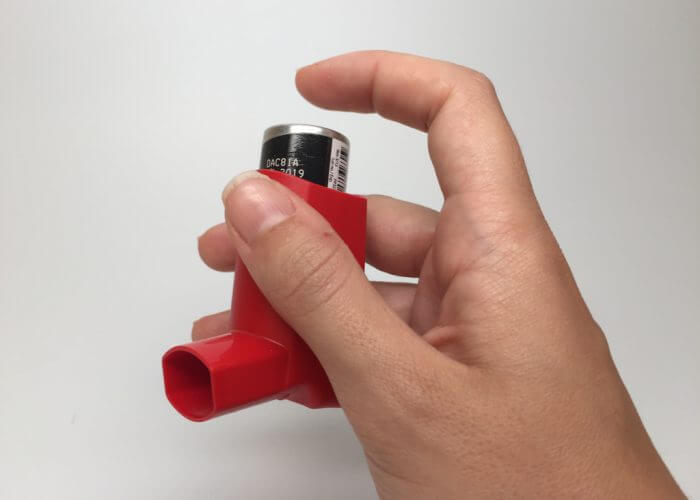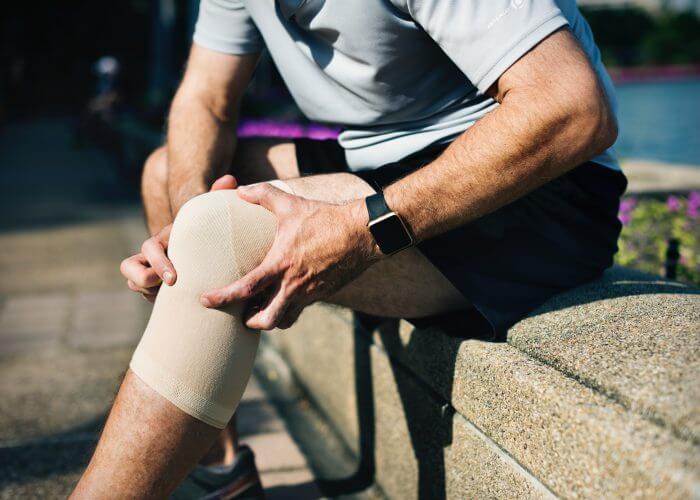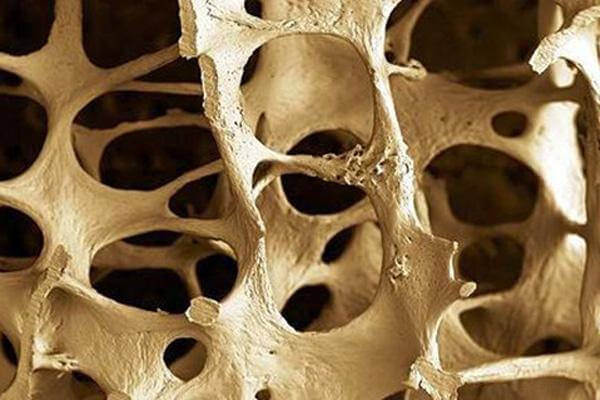Genetics or Just Swimming? What You Need To Know About Asthma, Arthritis and Osteoporosis

By Kaylie Williams, Swimming World College Intern.
Just like any other sport, swimming has its risks for injury. Depending on the severity, the injury can leave you with pain and symptoms for the rest of your life. But can the diagnosis of asthma, arthritis, or osteoporosis develop from an athlete’s time in the pool or strictly genetics? How will they affect a swimmer’s health in the future? Keep reading to find out!
Asthma

Photo Courtesy: flickr.com
Asthma is one of the most common respiratory diseases that exists today. It’s a chronic (long-term) lung disease in which the lungs’ bronchial tubes (or airways) become inflamed. The inflammation causes the airways to become sensitive to environmental triggers, such as dust, smoke, pet dander, cold air, or in the swimmer’s case—chlorine.
What most competitive swimmers do not know is that it’s possible to develop asthma or asthmatic symptoms even if they have never had the condition before. In fact, swimming has the highest prevalence of asthma out of the five competitive aquatic disciplines (swimming, diving, water polo, synchronized swimming, and open water swimming). Part of the reason that swimming has the highest number of asthmatic athletes is because of the prolonged exposure to chlorine and oxidants in the air they breathe while working out.
According to Dr. Don McKenzie, who studies respiratory exercise physiology at the University of British Columbia in Vancouver, these compounds change the “hyper-responsiveness of the airway”, increasing the risk for the development of asthmatic symptoms or an asthma attack the more time you spend around the pool.
For elite and Olympic swimmers, this may pose some concerns, as they spend many hours in and around chlorine and other oxidants. However, asthmatic symptoms can be reduced with shortened exposure to chlorine-ridden air. With this in mind, if you find yourself experiencing a chronic and recurring cough, wheezing or shortness of breath (unrelated to the set you may have just finished), you should seek medical treatment and make sure that your training environment has proper ventilation.
Arthritis

Photo Courtesy: Pexels.com
Put simply, arthritis is inflammation of a person’s joints. It is very common yet not well understood. Although it’s often referred to as a singular disease, there are actually over 100 different types of arthritis and related conditions. According to The Arthritis Foundation, “People of all ages, sexes and races can and do have arthritis, and it is the leading cause of disability in America. More than 50 million adults and 300,000 children have some type of arthritis.” Doctors know that arthritis can be inherited, but can a swimmer develop this disease due to the rigors and stress of competition and practice?
The answer is yes! Most athletes will develop some form of arthritis when they become older. The most common form among athletes and the general public is called osteoarthritis—better known as degenerative arthritis. This type of arthritis occurs when the cartilage on the ends of your bones wears away, causing them to rub together bone on bone, resulting in pain, swelling, and stiffness in your joints. Remember when your mom told you not to pop or crack your knuckles because they would get stiff when you got older? The same principle applies to athletes who develop arthritis in their later years.
One of the main causes of osteoarthritis is previous injury to your joints. Repeated injury, big or small, will eventually cause the cartilage to wear away and limit joint mobility. Since swimmers repeat the motions of each stroke hundreds of thousands of times throughout their careers, the wear on their joints is more significant than you might think.
Considering this, it’s clear that a person will not develop arthritis solely from swimming. Many other factors such as excess weight, family history and age determine your risk of developing it in the future; however, it is a likely occurence if you have been hard on your joints throughout your life. But don’t fear! Swimming can actually be beneficial to those suffering from arthritis. Any low-impact activity that gets your joints moving will help relieve pain and stiffness.
Osteoporosis

Photo Courtesy: flikr.com
It’s common knowledge that swimming is a relatively “safe” and low-impact sport. The fact that it’s low-impact makes it especially attractive to arthritic people or others who are recovering from different injuries. Yet the big question remains: do these low-impact conditions put swimmers at a higher risk for osteoporosis and low bone density in the future?
Osteoporosis is a bone disease that occurs when the body loses too much bone, makes too little bone, or both. As a result, bones become weak and more injury-prone. Because swimming has such low impact, the bones do not rebuild and strengthen in the same way that they do when placed under stress, such as during an impact or land sport.
According to a study published in the United States National Library of Medicine, researchers found that “swimming does not seem to negatively affect bone mass…swimmers present a higher bone turnover than sedentary controls that may result in a stronger structure and consequently in a stronger bone.” In other words, swimming might not be the best sport for increasing bone strength or density, but at least swimmers are still making more bone cells more efficiently and frequently than a couch potato.
The Take-Away
All three of these conditions can be passed down through genetics. While participating in athletics will increase a person’s chances of developing diseases like these in the future, it is safe to say that swimming isn’t going to be the sole cause of discomfort later in life. So for now, keep swimming: keeping yourself strong and healthy now will only help you feel better in the future!
All research was conducted by the author and does not necessarily reflect the views of Swimming World Magazine nor its staff.




Popping your knuckles does not cause harm. An orthopedic surgeon popped his knuckles on one hand for 40 years and not the other. At the end, exam of both hands were the same, with NO evidence of deleterious change in the knuckles of either hand. Can’t recall the source, but it was a reputable publication.
I do not know nor have I read that this generalizes to other joints.
Myrthe Offenga
I have oesto arthritis, and swimming is the only thing that eases the pain
Swimming is like the fountain of youth.
Jim Bowser Yes, but there are so many indoor pools that our kids that are competitive swimmers ,have horrible air quality that affects their health.
Lisa Greenberg yes, a issue which needs to be addressed in a big way.